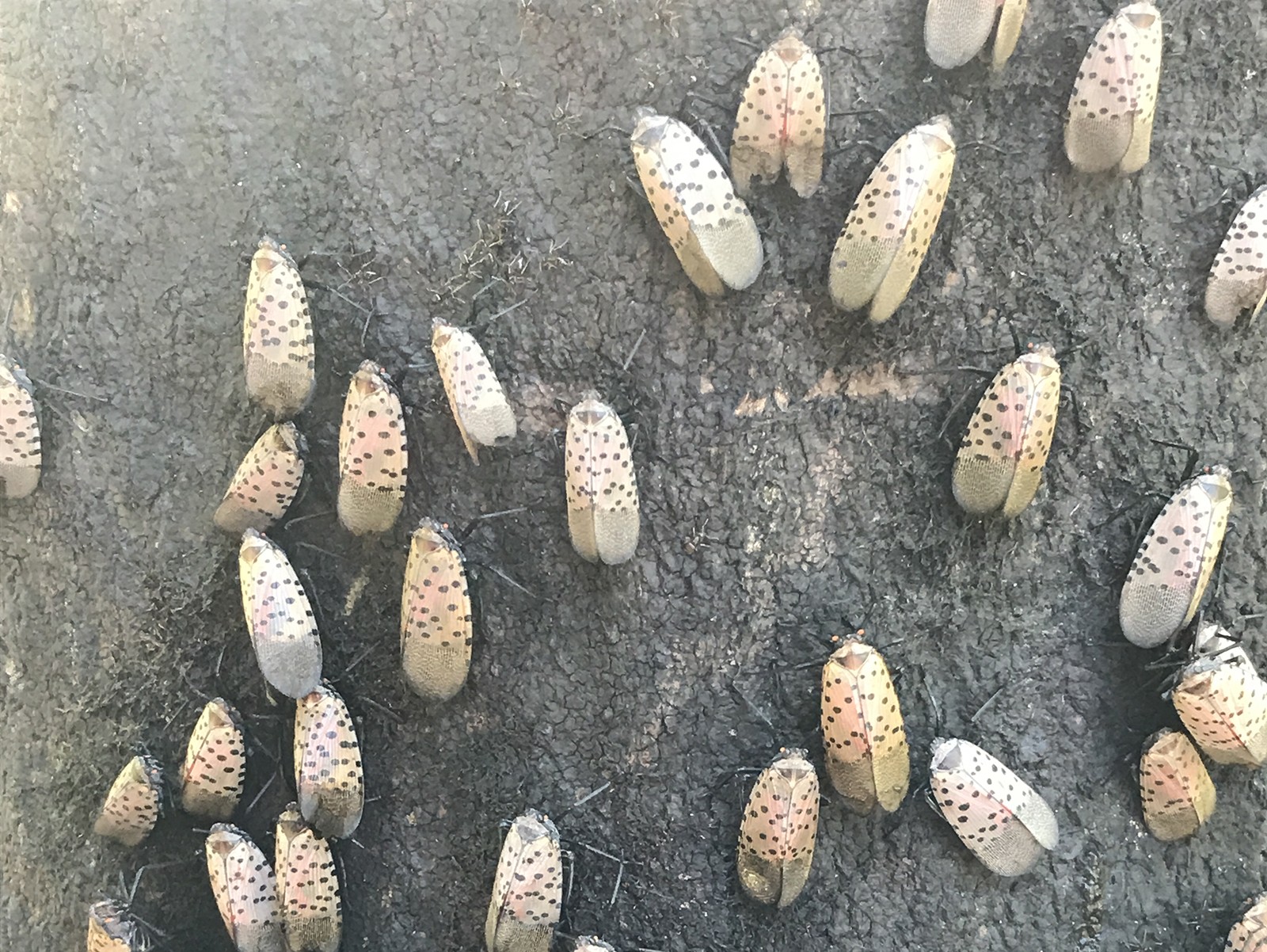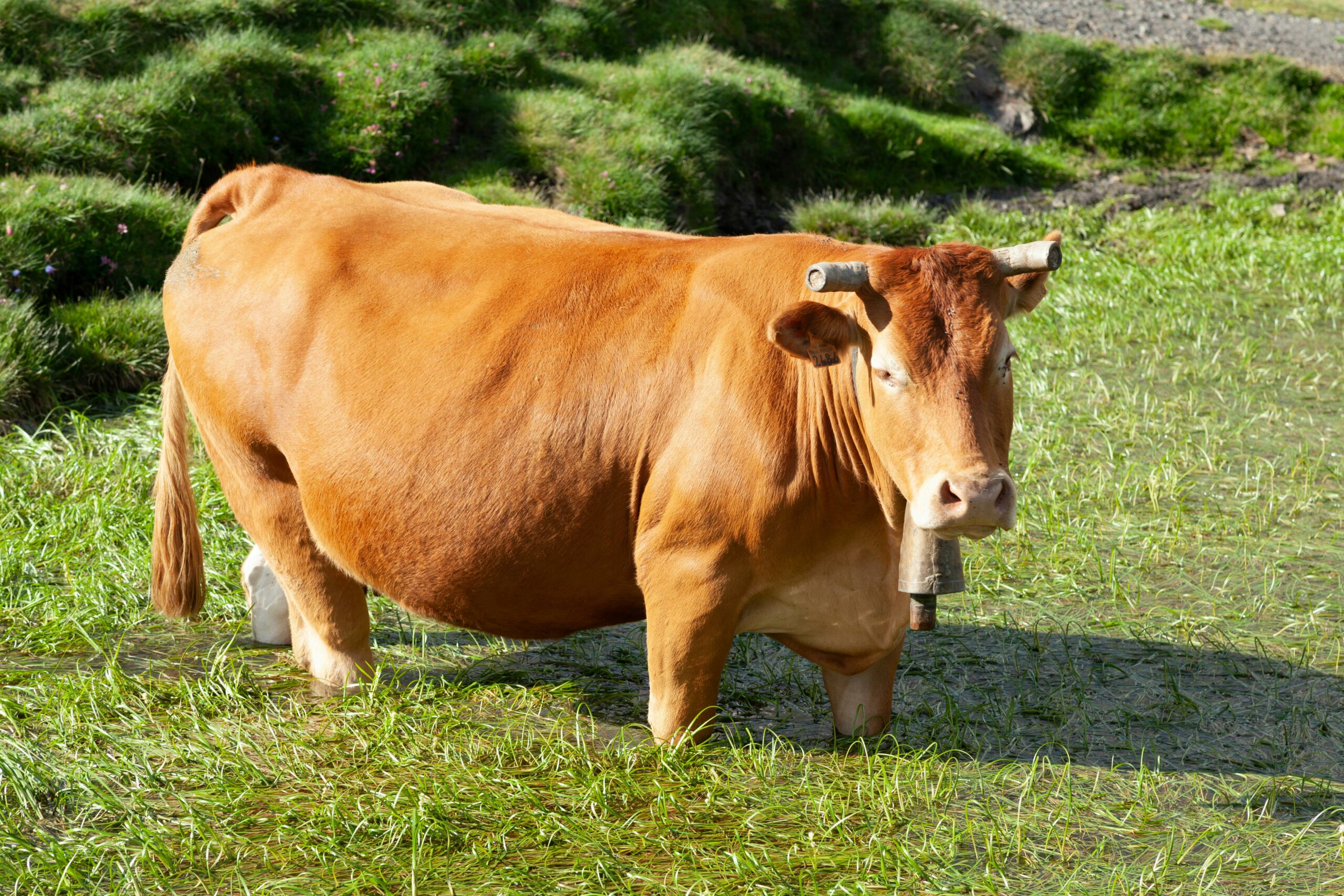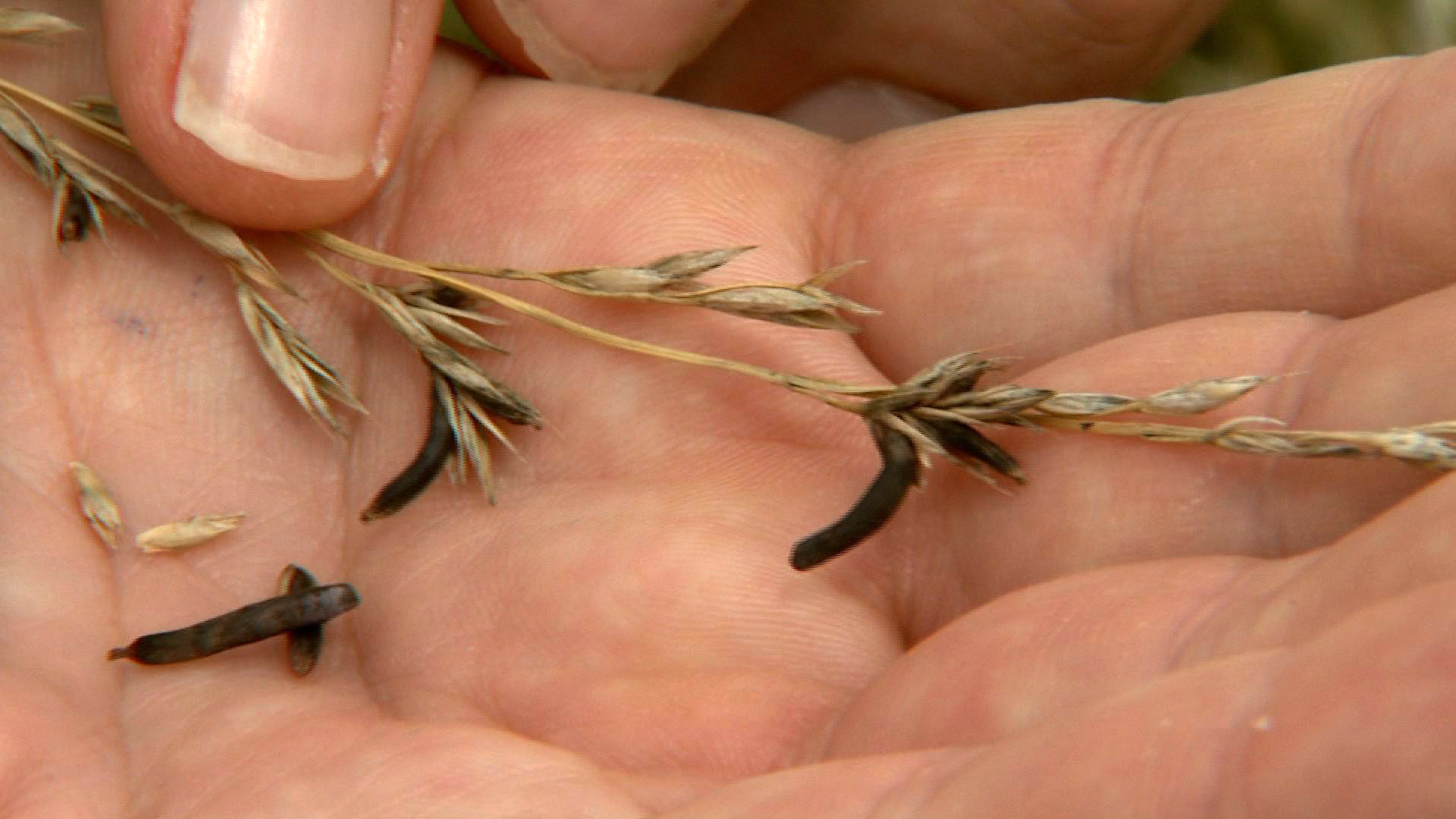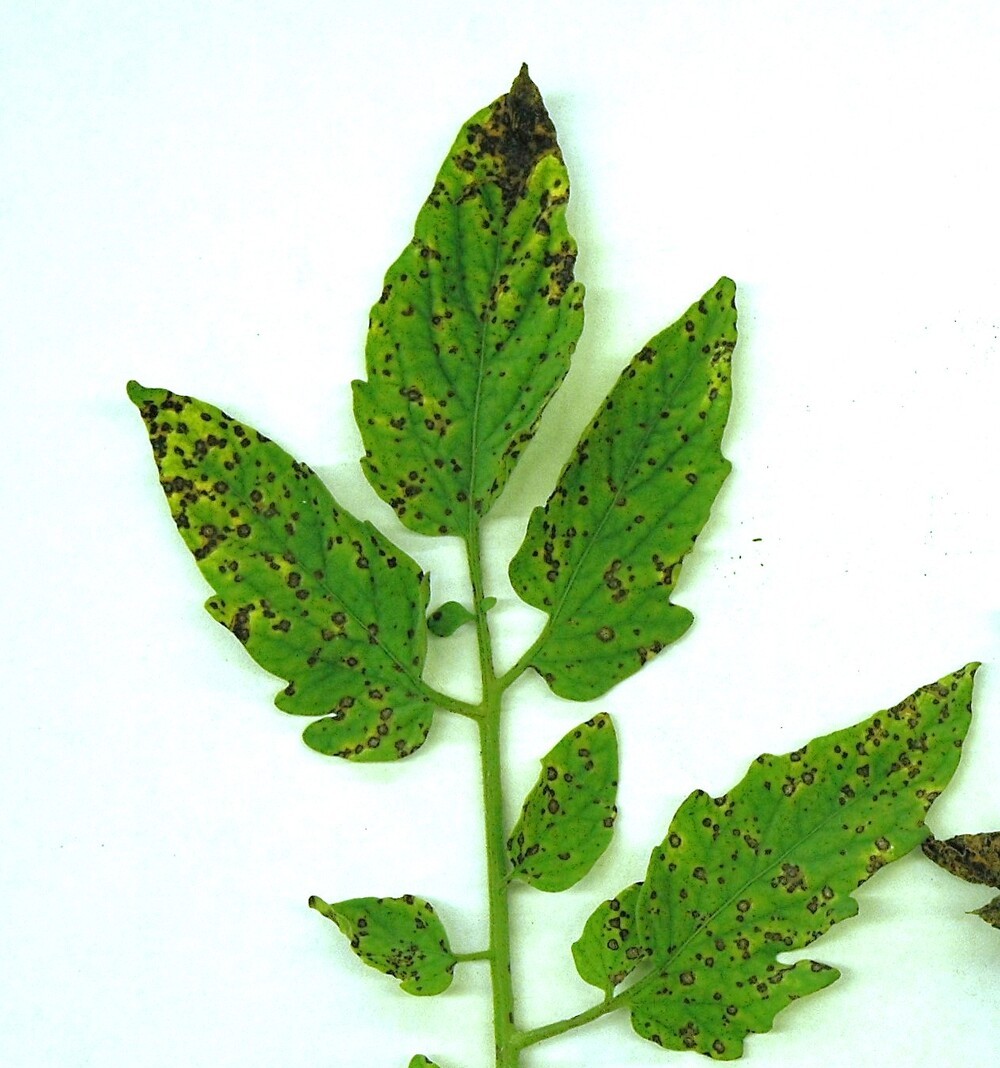Wayne Flanary, a University of Missouri Extension field expert in agronomy, reports that Kochia, a highly competitive weed that can lower yields by up to 70%, has been discovered in soybean fields in northwest Missouri.
Flora of Missouri, an initiative of the Missouri Botanical Garden and the Missouri Department of Conservation, says Kochia is not a new species in Missouri. But according to Kevin Bradley, a weed scientist at MU Extension, this might be the first time kochia has been reported to have appeared in crops.
Bradley stated in a news statement that he has never received calls or complaints regarding this species in corn or soybean fields. Additionally, I regularly search for these kinds of circumstances and have never before witnessed them in a corn or soybean field in Missouri.
According to Flanary, flooding of the Missouri River and its tributaries is most likely how Kochia got onto agricultural land. Flanary discovered big, dispersed plants in the soybean fields of Atchison County.
Kochia outcompetes crops for sunlight, nutrients, and water, grows quickly, and threatens harvests. It can withstand drought, yields up to 30,000 seeds per plant, and, under ideal circumstances, germinates in two or three hours. In Kansas, it appears as early as February, and chemical control is challenging.
The main worry is that kochia might already be resistant to herbicides.
Bradley advises growers to remember that they might already be battling a population that is resistant to glyphosate or possibly another pesticide.
According to Bradley, kochia is a driver weed in Kansas, Nebraska, and the Dakotas that influences or drives farming operations’ decisions about weed management. According to him, there are many different kinds of herbicide-resistant Kochia populations in these states, such as those that are resistant to glyphosate, the triazines (group 5 herbicides), and even ones that are resistant to dicamba.
Since these populations may have been brought from other states by river floods, we are unsure of what to anticipate in terms of control in this case in northwest Missouri. Additionally, they were already rather enormous when they were found. Bradley recommended hand roguing and spot spraying the sporadic plants discovered in the Atchison County field.
The linear leaves of Kochia are arranged alternately and are heavily haired. It is spherical in shape and can reach a height of six feet. Roots can reach a length of 15 feet and a diameter of 21 feet.
Administration for Kochia:
- Crop rotation.
- Early control. Fall cover crops may suppress establishment, and tillage disrupts roots.
- Apply pre-emergence herbicides to soil in late fall or early spring.
- Target small weeds after emergence.
- Prevent seed production by killing before flowering.
The wind has the ability to spread Kochia. When it reaches maturity, the stem may split off from the root, turning the plant into a tumbleweed that disperses seeds throughout fields.
To learn more, go to:
-
Kochia Management in Soybeans, United Soybean Board publication,
https://extension.missouri.edu/publications/mx1135
.
-
MU Weed ID Guide entry on kochia,
https://weedid.missouri.edu/weedinfo.cfm?weed_id=148
.
Contact the MU Extension Plant Diagnostic Clinic at http://muext.us/PlantClinic or your local MU Extension agronomist if you suspect kochia in your cropland.












